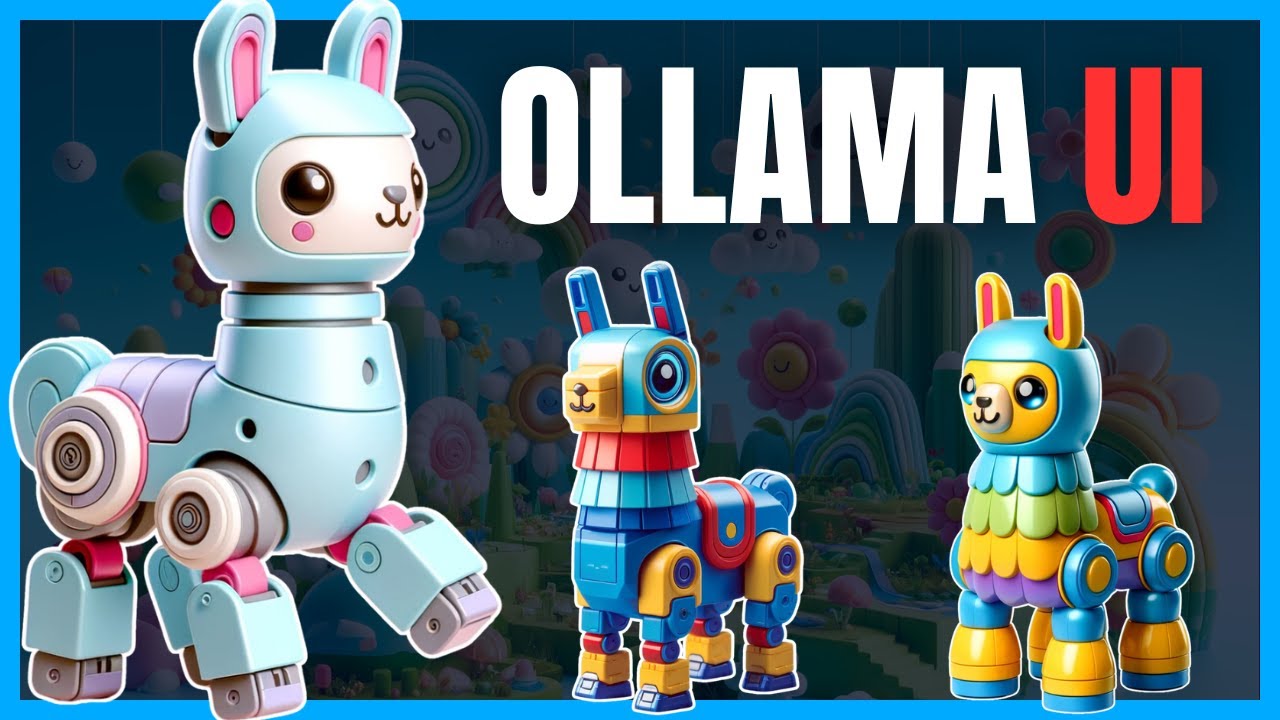The Ollama UI Tutorial demonstrates the installation and features of a fully-featured local LLM front end that is open source, offering various functionalities like model presets, prompts, and document management. The tutorial provides a step-by-step guide for setting up the UI through Docker and Ollama, showcasing its speed, customization options, and capabilities for efficient model inference and language interaction.
The Ollama UI Tutorial showcases a fully-featured local LLM front end that is open source, allowing users to utilize local and open-source models. The tutorial demonstrates the installation process and highlights the impressive speed of the model inference. The UI resembles ChatGPT but is entirely open source and local, running on Local Host 3000. It supports multiple models and model files for customization, providing various features like model presets, prompts, and the ability to download others’ model files.
The UI includes a prompt feature for saving and reusing predefined prompt templates, making it convenient for users who frequently use similar prompts. It also allows users to upload files, record voice input, and has a document feature that functions as a locally implemented version of RAG. The document feature lets users upload and reference documents easily, with the option to import other documents or document mappings from external sources.
Additional functionalities of the UI include chat archive, response editing, feedback provision, and generation info viewing. The tutorial also covers features like authentication, team management, and playground mode within the UI. It guides users on setting up the UI by requiring Docker and Ollama installations, providing a step-by-step process for cloning the GitHub repository, running commands, and launching the UI on Local Host 3000.
The GitHub repository for the UI boasts over 18,000 stars and 2,000 forks, indicating its popularity and active maintenance. It offers a plethora of features such as responsive design, theme customization, code syntax highlighting, and integration with multiple models. The tutorial encourages users to explore the UI, mentioning its intuitive interface, support for various functionalities, and the ability to handle multiple Ollama instances for load balancing.
Overall, the Ollama UI Tutorial serves as a comprehensive guide for setting up and utilizing a feature-rich local LLM front end. It emphasizes the simplicity of the installation process through Docker and Ollama, showcases the diverse functionalities and customization options available within the UI, and highlights the speed and efficiency of model inference. By providing detailed instructions and insights into the UI’s capabilities, the tutorial aims to empower users to leverage the full potential of this open-source tool for language model interaction.
